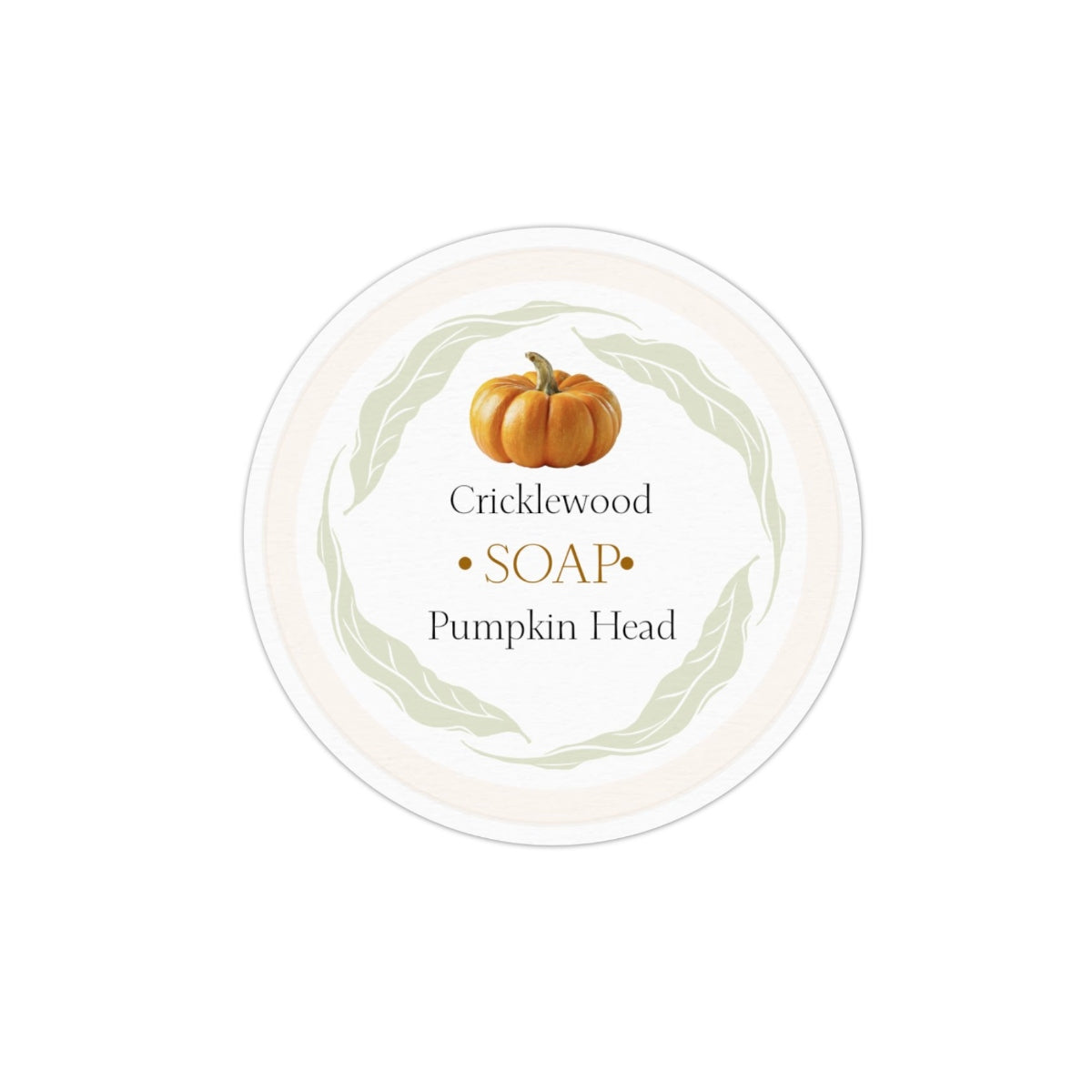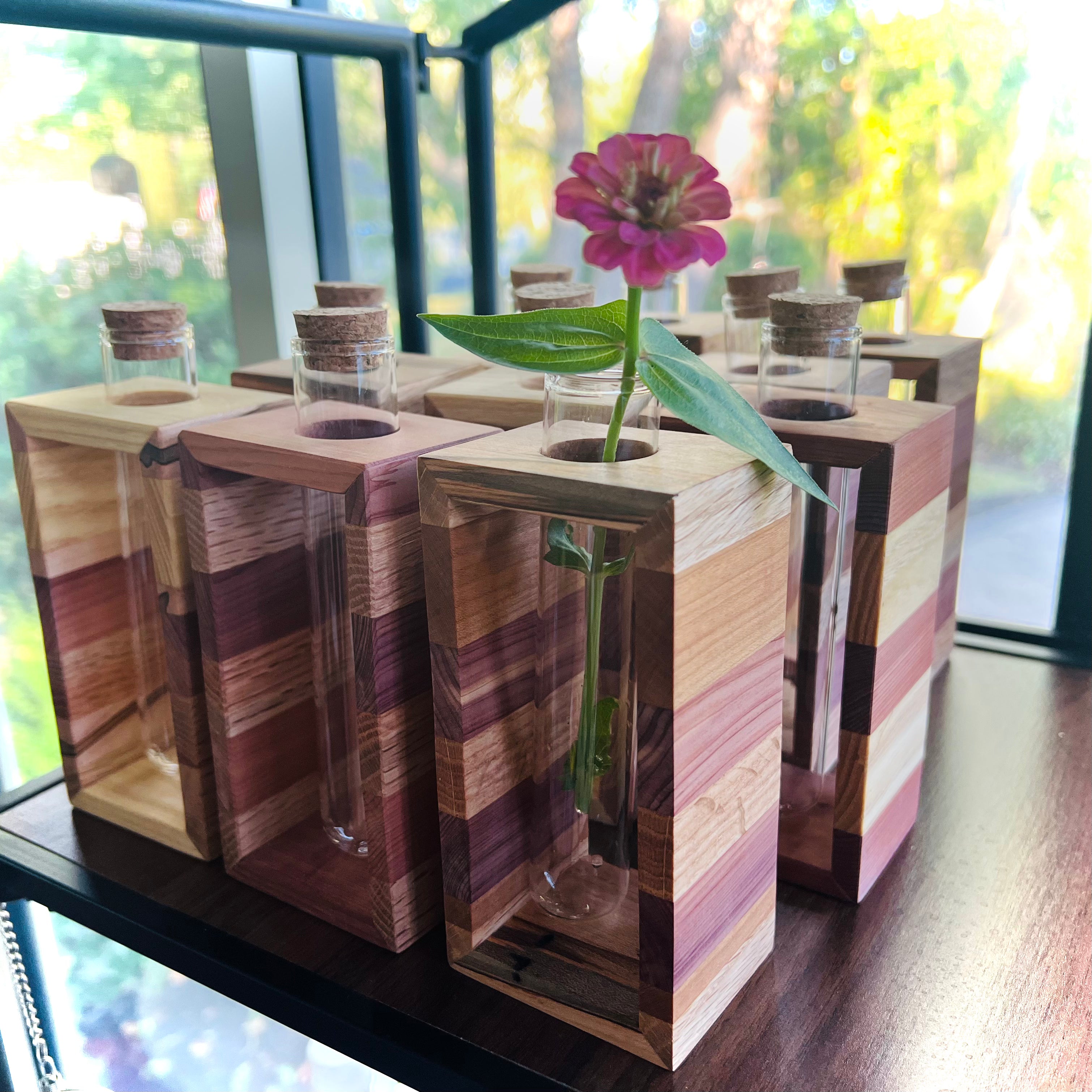The Art of Candle Making - Tips from Cricklewood
Whether you're interested in candle making as a hobby or business, the road to a successful pour, is through research and planning. Once you've gone a round or so pouring your first candles [there is a bit of a learning curve] it might be an enjoyable activity to host a candle making gathering with family or friends, especially those who enjoy creating personalized or holiday gifts.
Candle making steps: There is a wealth of written and video tutorials on the internet, explaining the proper steps in candle making. Read through many, and watch tutorials to grasp the process and quirks. It's good to read instructional material from both hobbyist sites, as well as professional, wholesale sites.
Materials and ingredients: Most craft stores offer materials for basic candle making, however, you can also find wholesale suppliers online who have expanded selections. These sites include very detailed information on the candle making process, wax and wick options, jar options, fragrances and more. They also have starter kits which we highly recommend. Everything you need to create your first candles is provided, taking the guess work out.
Recommended Items:
Fragrance
Wax
Wicks
Glue Gun [high temperature]
Glue Sticks [high temperature]
Thermometer [for high temp fluid such as candy thermometers]
Candle Jars
Candle Dye [optional]
Wick Braces/Bow Ties
Pouring Pot
Double Broiler or Pot
Candle Label [optional]
Warning Label [optional]
Fragrance: Fragrances intended for candle making come with information as to the types of candle wax they can be mixed with, as well as the maximum amount of fragrance vs wax [by weight] that can be added.
Wax: There are various types of wax options out there. Cricklewood prefers natural waxes, such as soy and beeswax vs petroleum based waxes. Do your research on all options. Keep in mind that soy and beeswax can be extra temperamental. If the ambient or wax temperature is just slightly off at pouring, or too much fragrance is added, the wax may not adhere perfectly to the wall of the candle jar. In these cases the candle will burn fine but the slight imperfection [if a clear glass jar was used] may not be visually preferable. Additionally, soy and beeswax do not have as much of a scent ‘throw’ natural wax is and not modified chemically. Generally, soy and beeswax candles have a softer fragrance vs petroleum based candles.
Wicks: We recommend pre-waxed/pre-assembled wicks from candle wholesale supply stores. You can find these in a variety of lengths to accommodate most jar depths. Pre-assembled wicks are affordable and save time.
Glue Gun: High temperature, inexpensive glue guns are available at craft stores.
Glue Sticks: We highly recommend high temperature vs all-purpose temperature glue sticks. We also recommend using this gun/glue combo vs glue stickers or tabs offered through some craft stores and wholesalers, for wick adherence. We experienced too many loose wicks using glue tabs at start up! Using high temp glue has been the right solution. Cricklewood supports recycling jars whenever possible. High temperature glue has not impacted our ability to pop off an old wick from a spent candle jar. We place jar in double broiler or oven on low until waxy residue is liquid. Then, using a flat edge screwdriver, we pop off old wick, clean jar and repurpose. 💡 Extra tip: After applying hot glue to the bottom of your candle wick, quickly move your wick inside jar and use a 2-prong stainless steel seafood extractor (sold with shell-cracker sets) or inexpensive chop stick to guide wick base into centered location. Use prong to shift and tap wick base into place. This process takes a matter of seconds as hot glue sets quickly. If by chance you haven't used hot glue before... keep fingers and skin away, even a little drip is a drip too much!!
Thermometer: Available at home goods, kitchen and craft stores.
Candle Jars: Depending on the type of wax you will be using, reusing thick glass [sauce or pickle jars for example] from around your home, especially during your trial and error period, is an economical options. Alternatively, there are ceramic pottery, ramekins, mason jars or similar options from home goods, craft or candle supplier wholesalers. Just be sure if you’re purchasing a vessel not sold specifically for candle making, that it can handle high temperature wax.
Candle Dye: Very little dye is required to change the natural hue of candle wax. Follow directions.
Wick Braces/Bow Ties: Metal wick braces, or bow ties are simple to use - and our preference is to apply after wax has been poured. If you find the braces you have are too small for the candle mouth you’re working with, use a folded piece of aluminum foil with a hole popped in the center [slide wick in and fold down foil ends to lightly lock in place.] Alternatively, we’ve also cut thin strips from heavy stock paper and punched small hole in center, sliding wick through and laying strip atop the candle.
Pouring Pot: These pots are available at craft and candle wholesale supply stores. Be sure to wipe down pot interior after each pour, once pot has slightly cool and wax still soft. You do not want to wash pots with wax residue in sinks or dishwashers as residue overtime can be detrimental to your plumbing.
Double Broiler or Pot: These pots are available at home stores, craft and wholesale supply stores. We keep things simple at Cricklewood and use old durable pots, filled with boiling water and place our stainless pouring pots [filled with wax] within. Do not melt soy wax in a pot over a direct flame.
Candle Label: You can create labels from scratch using paper and glue, or labels from office supply and craft stores. This is a great option especially if your candle making is part of a project with kids. For more professional alternatives, there are comprehensive label making sites to print at home or purchase labels.
Warning Label: If you are selling or gifting candles, it’s recommended to include candle warning/direction labels for liability reasons. Some wholesale candle supply and craft stores sell generic labels or you can find options, or verbiage on line, if you want to create and print your own.



Leave a comment